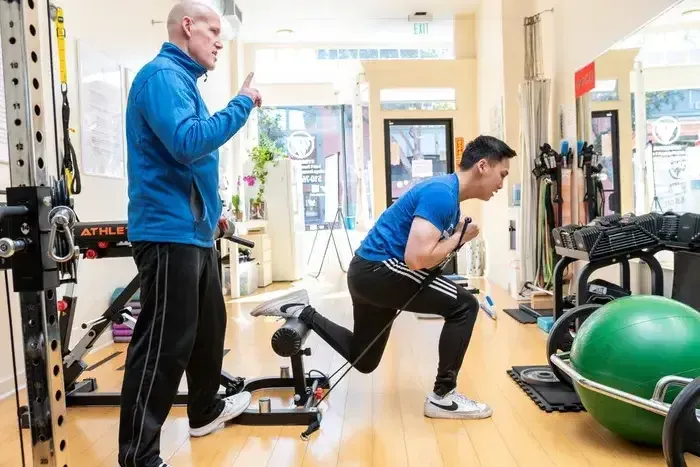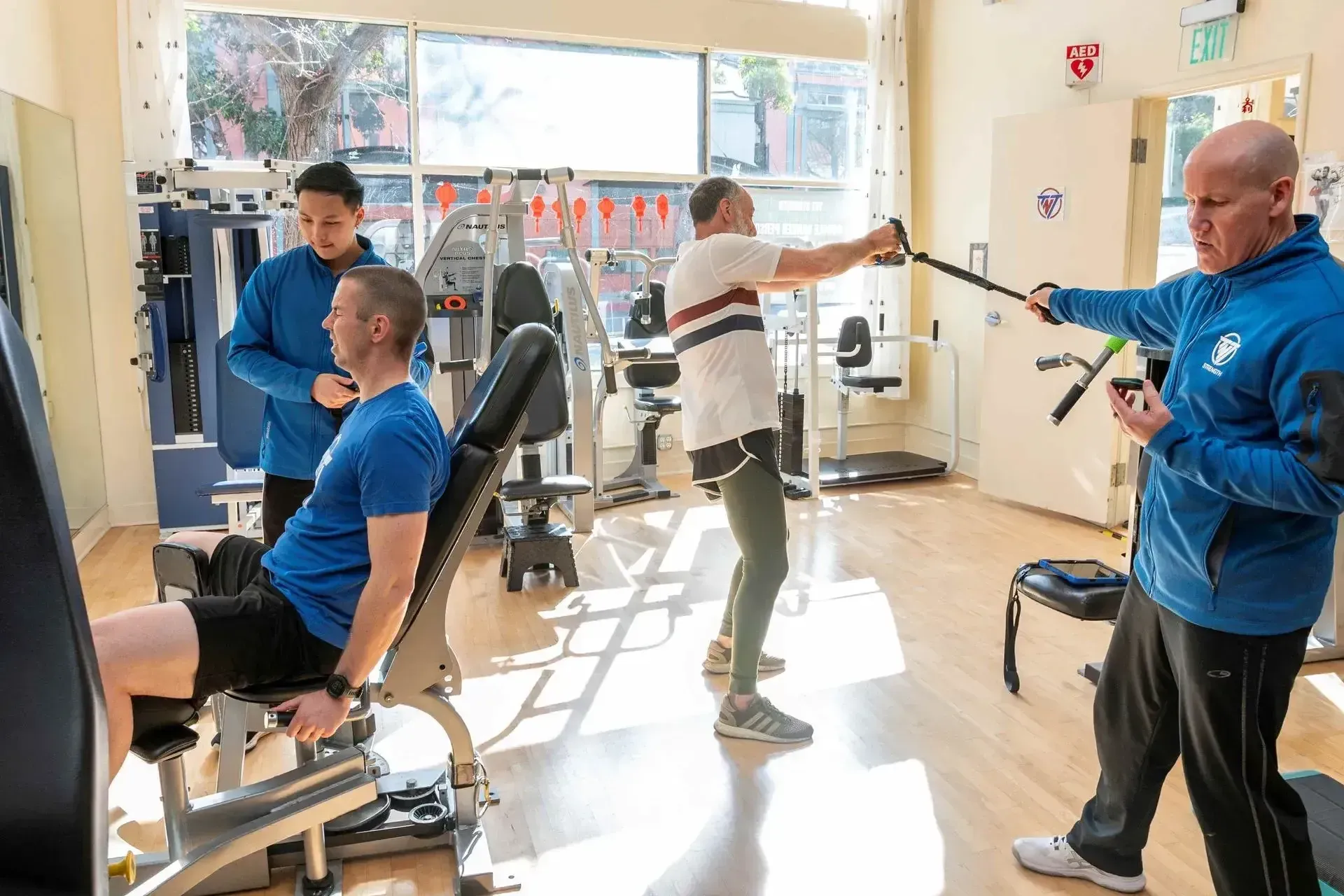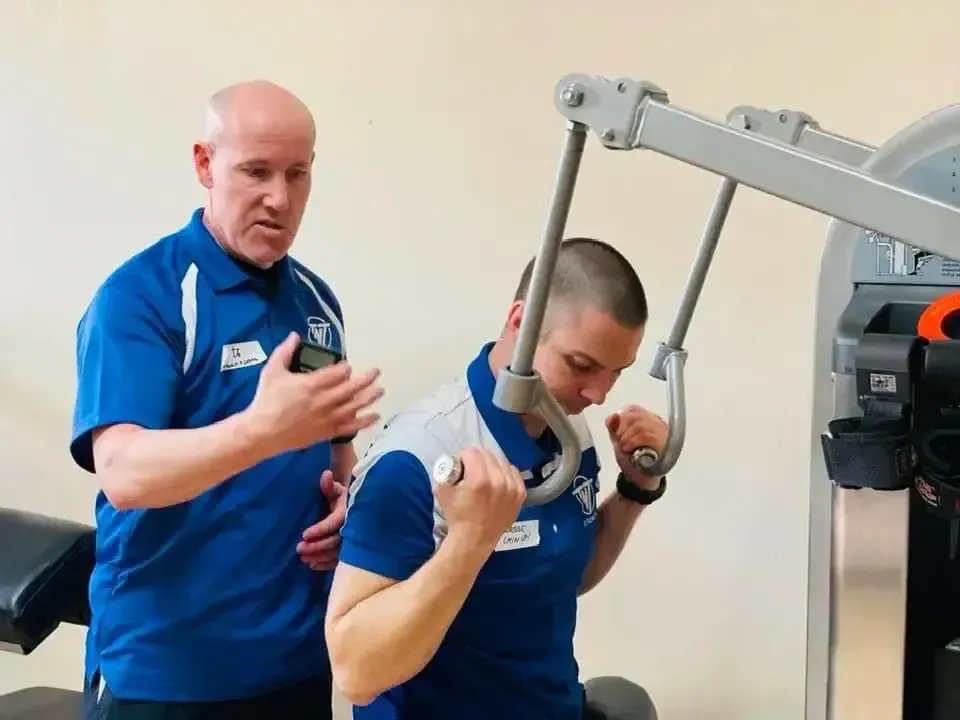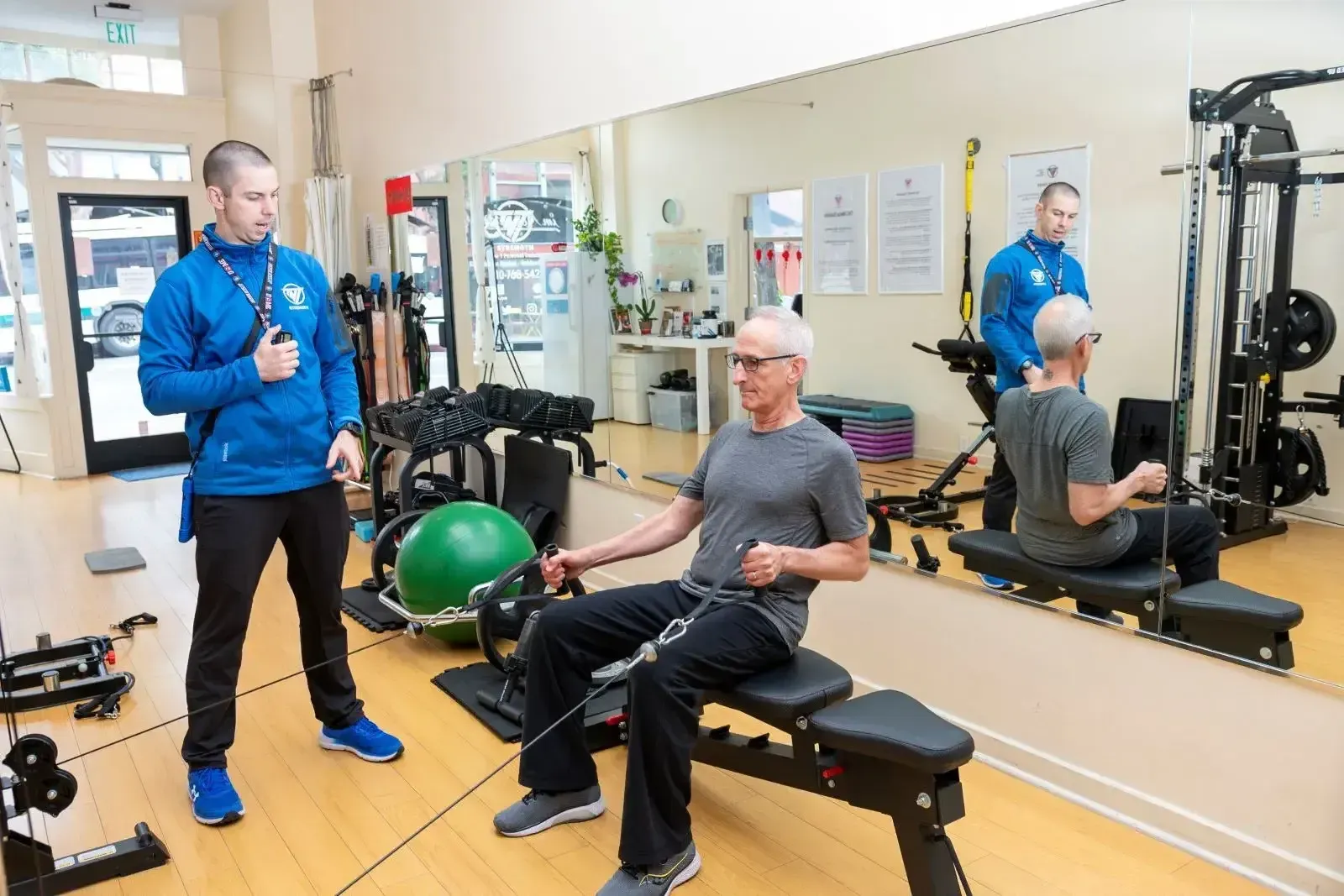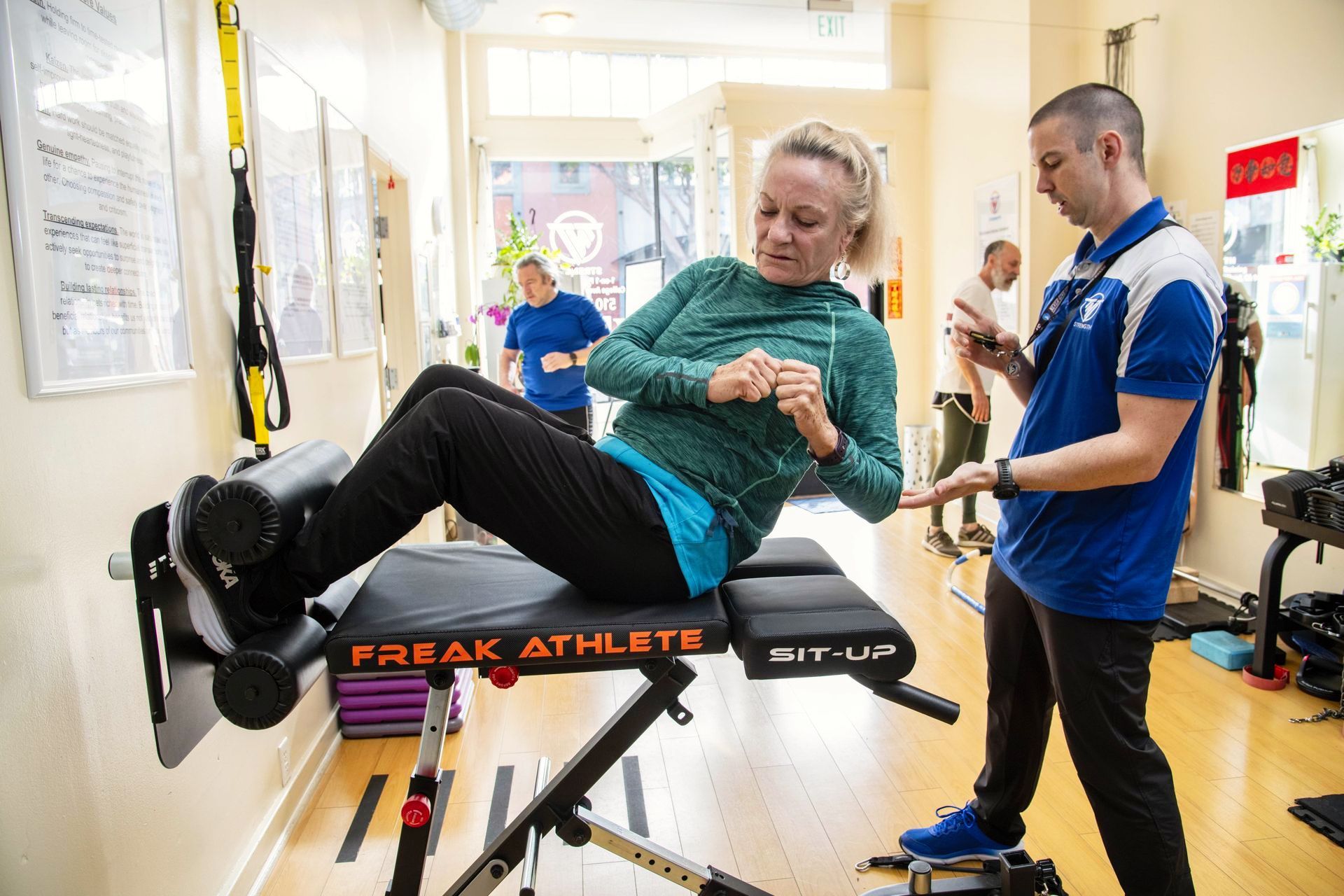ADVANCED OVERLOAD TRAINING

In this weeks episode #57 we discuss Advanced Overload Training or AOT. Listen in as we discuss some of our favorite methods such as J-Reps, Drop sets, Forced Reps, and more. These methods are some of the tools we use to add intensity and variety to the training programs of our more experienced clients.
J-REPS: Johnston Rep Method, also known as J-Reps or Zone Training. J-Reps is a METHOD designed to create rep schemes based on tackling an exercise in sections based on the movements strength curve, to create greater inroads, as well as more contractions per unit of time. In the above video you can see our friend Mike Lipowski from PURE PHYSIQUE performing Neutral Wide Grip Pull-downs, performed in Zone Training Thirds
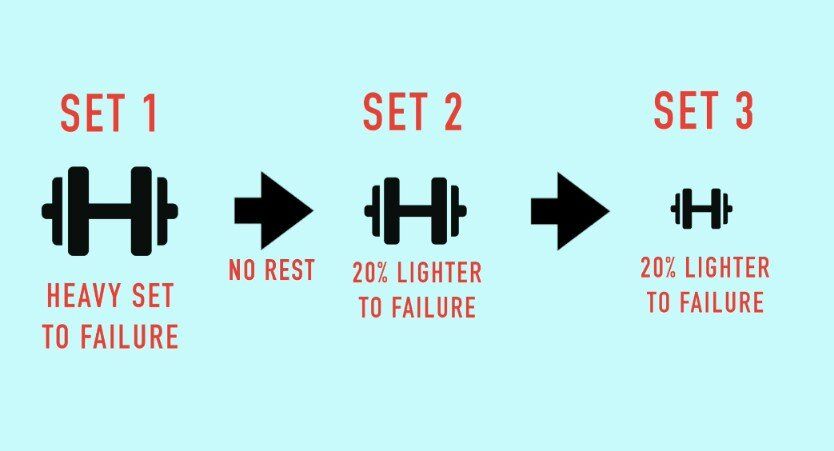
DROP SETS: Drop sets are essentially a technique where you perform an exercise with controlled reps to failure, and then drop (reduce) the weight and continue for more reps until you reach failure again. Drop sets are often performed for one or two more sets after the initial failure point.
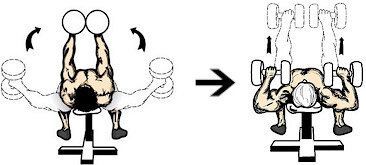
A classic Pre-exhaust combo for the Chest. Dumbbell Fly followed immediately by Dumbbell Chest Press.
PRE-EXHAUSTION: With pre-exhaust training, you perform an isolation exercise for a moderate to high number of reps before switching immediately to a compound movement for the same muscle group.
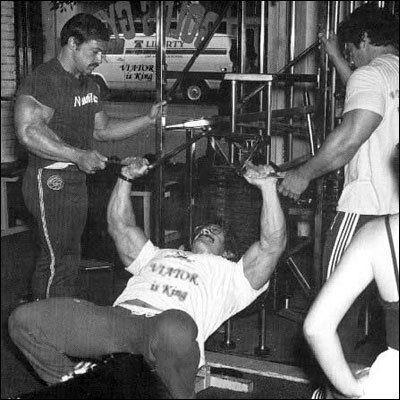
Mike Mentzer doing some Forced Reps on the Incline Chest Press With some assistance from Casey Viator , and Mike’s brother Ray.
FORCED REPS: To execute this technique properly, choose a weight that will allow you to complete 6-12 reps. After you reach failure, you’ll perform 1-2 more reps with light assistance from a partner through the concentric range, and a slow, unassisted eccentric.

12 + 3: The 12+3 Technique was the cornerstone of The Body Contract Workout . This program was written by Dan Duchaine , and featured in the February 1996 issue of Muscle Media 2000.
For this technique, perform a standard set of 12 reps with a quick but controlled tempo. Immediately after rep 12, increase the weight and perform three slow eccentric only reps. Shoot for a five count. For speed and efficiency, it would be best to have 1-2 training partners assist with adding the weights to barbell exercises.
The +3 are not forced reps. Don’t struggle through the concentric portion of the range. Your partner should be doing most of the work.
TAKU’s NOTE: The above methods are just some of the AOT concepts that we have in our toolbox. Listen in on episode #57 to learn about all of these, and to take advantage of our special secret gift offer!!
Experience the TNT Strength difference with a free workout.
START YOUR FITNESS TRANSFORMATION WITH A
FREE WORKOUT
Complete the form and we'll set up an appointment for you.

